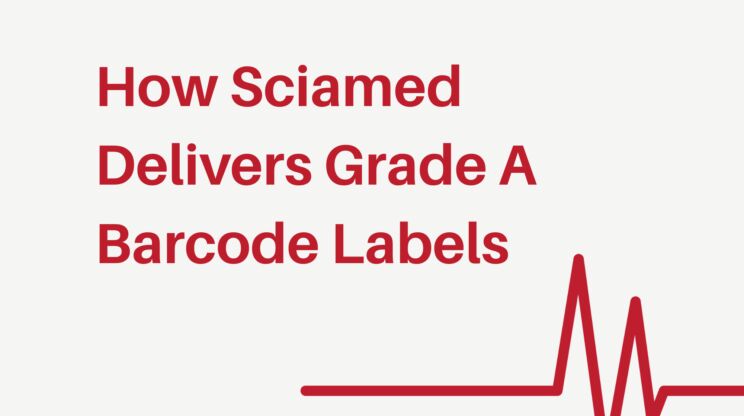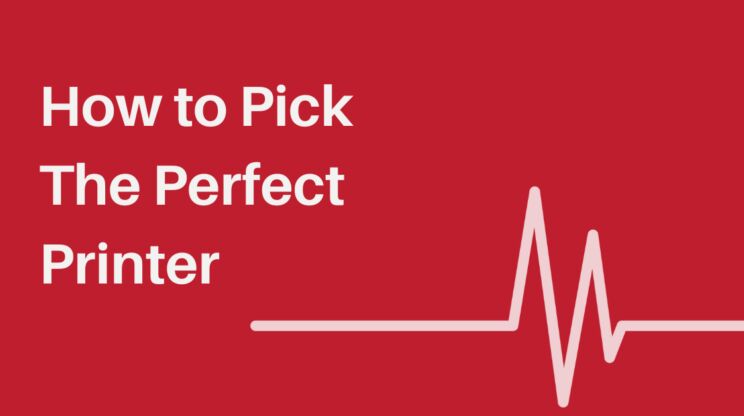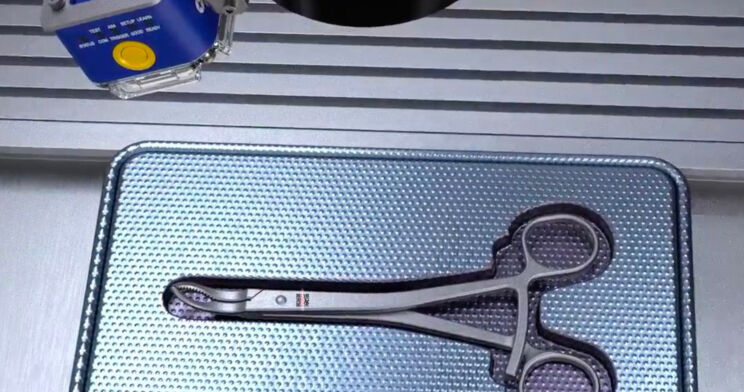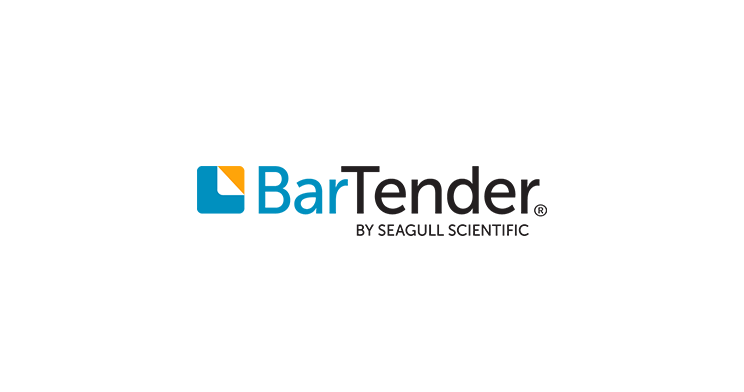Latest News

Choosing The Right Label Solution For You
March 2020
Choosing a printing and label solution can be an overwhelming and difficult task. Incorrect printing solutions can be costly to your business in time and inventory control. But don't panic, with us you are in safe hands.
At Sciamed, we have over 25 years experience with label and printing supplies. We’ve collaborated with industry leaders in barcode-scanning and data-capturing devices and worked with clients whose industries span all verticals.
When we work with you, we first identify your supply needs. After that, we’ll construct a total solution plan that is comprehensive and tailored to your business’s unique goals. We take the following factors into account to find a top-quality label solution for your needs.
Product Mobility
Analyse where your products spend their time. Figuring out your product’s day-to-day journey will help us choose what kind of label material and mobile printing solution you need.
If products have to sit outside, you’ll likely want to invest in thermal transfer synthetic material. This ensures durability and flexibility when it’s time to move products again. Conversely, for indoor products, you’ll probably want direct thermal labels.
Environmental Needs
In addition to considering where the products actually sit, also consider what is going on around them. Environmental conditions play a pivotal role in determining the optimal solutions for your unique applications.
Weather and Temperature
Adhesive is extremely important with labels, and extremely high or low temperatures can reduce the label’s efficacy. It matters if you place the label on the product in 25 degrees heat and then transfer the product to a freezer that has a temperature of -15.
Abrasion and Chemical Resistance
Labels can become illegible and rendered useless from abrasion. Choosing label ribbons that have higher resin concentrations will keep labels going strong.
Similarly, if labels are near chemicals, no matter how harsh you’ll want to take note. If products are coming into contact with moderate or weak chemicals (alcohol, bleach, water,) consider thermal transfer material. But with exposure to harsh chemicals, like bleach, alcohol, acetone, and xylene, a resin ribbon would be the best fit for durability.
Lifespan
The best label solution will depend on your label’s required lifespan and the environmental factors we mentioned above. Direct thermal material is the best option if your labels will be used for less than six months in standard temperatures and a dry environment.
If you’re dealing with exposure to extreme temperatures, harsh chemicals, or moisture, you’ll need specialty thermal transfer labels.
Surface Type to Label
Not all labels and label adhesive are created equal. The surface material affects what will be the best label solution for you.
The surface shape and type does matter and you might end up paying more if your chosen solution isn’t the exact right fit.
Printer and Label Quality (speed, darkness, DPI)
Prioritise this aspect if your labels need to be printed within a certain time span. The label material that you use is directly correlated with print speeds. For example, synthetic material won’t print in high quality above 6 inches per second, and you’ll need a special high-speed wax ribbon to print faster than 12 ips.
If you want fast printing, you’ll want to increase darkness to ensure better barcode quality. Using higher-grade ribbons uses more energy and more ink since print darkness should be high with higher print speeds.
Lastly, for labels that have small fonts or detailed graphics, dots per inch (DPI) are extremely important. If that’s the case for your business, you’ll need a very smooth or glossy synthetic material.
We Are Here To Help
If you’re worried about the cost of switching your mobile printers to improve your label quality, you may be interested in our Zebra Trade Up Programme. Give us a call today and see what discounts are available - 01975 564111
For more information, call
01975 564111
or email sales@sciamed.co.uk

July 2025
Setting the Standard: How Sciamed Delivers Grade A Barcode Labels
In healthcare, every label matters. A barcode that scans first time, every time, is more than a convenience…

July 2025
Why Barcode Label Quality Matters in Healthcare
In healthcare, even the smallest detail can have a significant impact. That’s why at Sciamed, we leave…

April 2025
How to Pick the Perfect Printer (Without the Headache!)
We all know that feeling - you need a new printer, but the options are overwhelming. Do you go for thermal…


